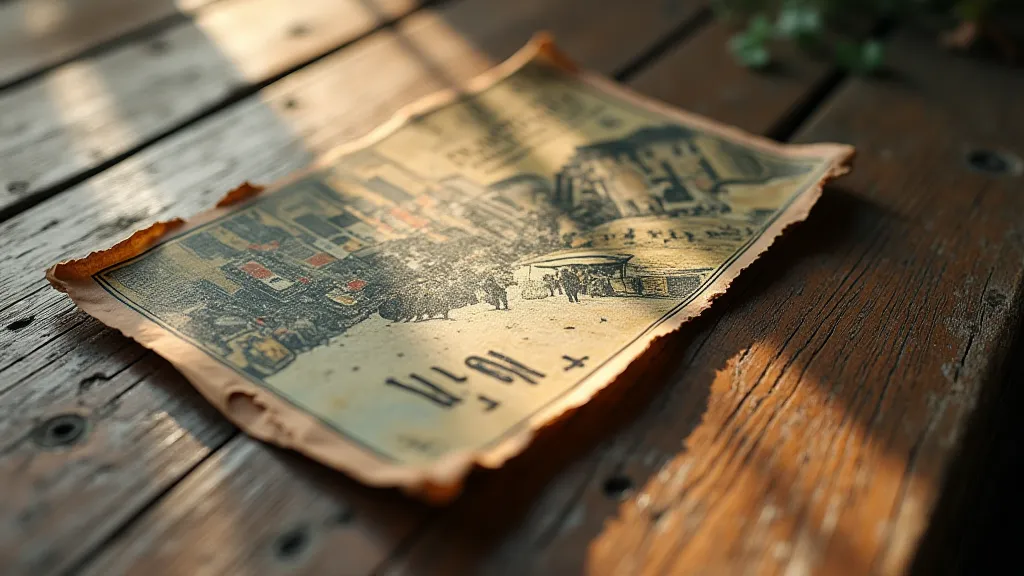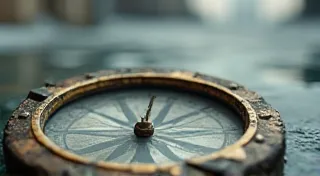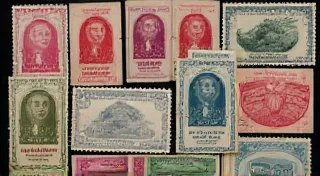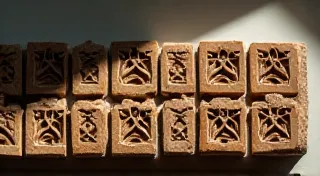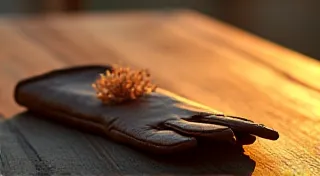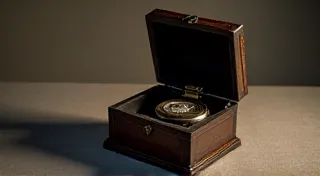Beyond the Gilded Edge: Identifying Postcard Frauds and Forgeries
There's a quiet romance to holding a vintage postcard. The worn edges, the faded ink, the tiny glimpse into a world long past – it’s a tangible connection to history. I remember the first postcard that truly captivated me. It was a view of a bustling market square in Prague, circa 1910. The sepia tones, the horse-drawn carriages, the meticulously detailed architecture… it felt like peering through a portal. That feeling, that sense of wonder, is what draws so many of us to postcard collecting. But alongside the genuine treasures lies a shadow – the world of forgeries and fraudulent postcards, designed to deceive and exploit our passion. Protecting that wonder, and preserving the integrity of this hobby, requires vigilance and a deeper understanding of what makes a postcard truly authentic.
For those new to postcard collecting, let's briefly touch on the historical context. Postcards, as we know them, exploded in popularity during the “Golden Age of Postcards,” roughly from the 1890s to the early 1920s. Technological advancements in printing and photography, coupled with a rapidly expanding postal system, made them an affordable and convenient way to communicate and share experiences. This incredible demand fueled innovation in printing techniques, artistic styles, and postcard design. Early printing methods, like lithography and chromolithography, while beautiful, also left subtle clues we can learn to recognize.

The Allure of the Imitation: Why Forgeries Exist
The desire for profit, plain and simple, drives the creation of fraudulent postcards. As genuine examples of rare and desirable postcards become increasingly valuable, the temptation to create convincing imitations grows. The cleverness of some forgers is truly remarkable; they're not just replicating images, they're attempting to replicate the entire history of the postcard – the paper, the ink, the printing techniques.
Common Red Flags: What to Look For
Identifying a forgery requires a keen eye and a little detective work. Here are some of the most common telltale signs to watch out for:
- Paper Quality: Early postcards were typically printed on thick, textured paper stock, often linen or cardstock. Forgeries frequently use cheaper, smoother paper that feels different to the touch. Examine the paper closely under a magnifying glass; real vintage paper often exhibits fibers and imperfections that modern paper lacks.
- Ink and Color: The color palette of vintage postcards was limited by the printing technology of the era. Expect muted tones and a slightly grainy texture. Bright, vibrant colors are a red flag, especially on postcards claiming to be from the early 1900s. Look for signs of bleeding or inconsistencies in the ink distribution, which can indicate modern printing techniques.
- Printing Style and Resolution: Early lithographic prints had a distinct graininess and lack of sharpness. Modern digital reproductions are often too crisp and clean. Analyze the level of detail; while some postcards are naturally less detailed due to printing limitations, a sudden lack of definition in a specific area can be suspicious.
- Postmark & Cancellation: The postmark and cancellation (the stamp mark applied by the postal service) is a crucial element. While a missing postmark isn’t always indicative of a fake, a fake postmark is almost always a sign of a forged postcard. Research the known postmark patterns and styles of the claimed era and location. Many forgers use incorrect or entirely fabricated postmarks.
- Divided Backs: Remember that divided backs (the space for the address and message on the back) didn’t become standard until around 1907 in the United States and somewhat later in other countries. A postcard claiming to be from before this date *should not* have a divided back. This is one of the most common mistakes made by forgers.
- Artistic Style & Subject Matter: Familiarize yourself with the prevalent artistic styles and common subject matter for the era and region of the postcard. Out-of-place artistic choices or subject matter that is anachronistic can be indicators of fraud.
It’s important to note that condition also plays a role. While damage like creases and fading are natural signs of age, excessive or suspiciously uniform wear can sometimes be artificially created to make a postcard appear older than it is.
The Subtle Art of Replication: Modern Forgery Techniques
Today's forgers are becoming increasingly sophisticated. They’re not just printing images; they’re replicating entire artifacts. Some use inkjet printers to apply images onto aged paper, attempting to mimic the look and feel of genuine vintage postcards. Others painstakingly alter existing postcards, replacing the original image with a forged one.
The key to detecting these sophisticated forgeries lies in understanding the materials and processes used in their creation. For example, inkjet prints often leave subtle traces of the ink layering process that are absent in genuine lithographic prints. Similarly, altered postcards often exhibit inconsistencies in the paper texture and color around the replaced image.
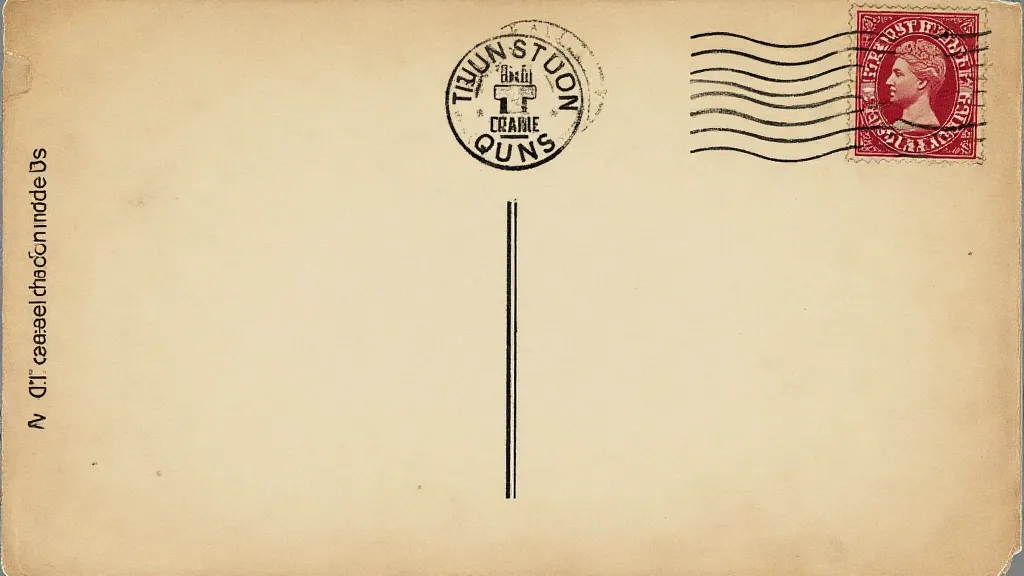
Beyond Visual Inspection: Tools and Resources
While visual inspection is essential, certain tools can aid in your assessment:
- Magnifying Glass: A good quality magnifying glass is indispensable for examining the paper fibers, ink distribution, and printing details.
- Black Light: Some modern inks fluoresce under black light, making them easy to identify.
- Watermark Detection: Some high-quality vintage postcards had watermarks on the paper. These can be revealed by soaking the postcard in water (carefully, and only if you’re comfortable potentially damaging it slightly – this is best left to experts).
Beyond tools, leveraging online resources and connecting with experienced collectors is invaluable. Numerous online forums and communities are dedicated to postcard collecting. These platforms offer a wealth of information, expert advice, and opportunities to learn from seasoned collectors. Don's Postcards, for example, has some excellent information.
The Joy of Authenticity: A Collector’s Ethos
The pursuit of authenticity isn't just about avoiding fraud; it’s about preserving history and appreciating the craftsmanship of a bygone era. There’s a profound satisfaction in holding a postcard that has truly traveled through time, connecting you to the people and places of the past. It’s a link to a tangible piece of history.
The journey of a vintage postcard is remarkable, often spanning decades or even centuries. It might have been sent across continents, cherished by a family, and then rediscovered in an attic. Each crease, each stain, each faded postmark tells a story. As collectors, we have a responsibility to protect that history and to ensure that the legacy of these beautiful artifacts endures. This requires constant learning, vigilance, and a deep respect for the craft of those who created them.
